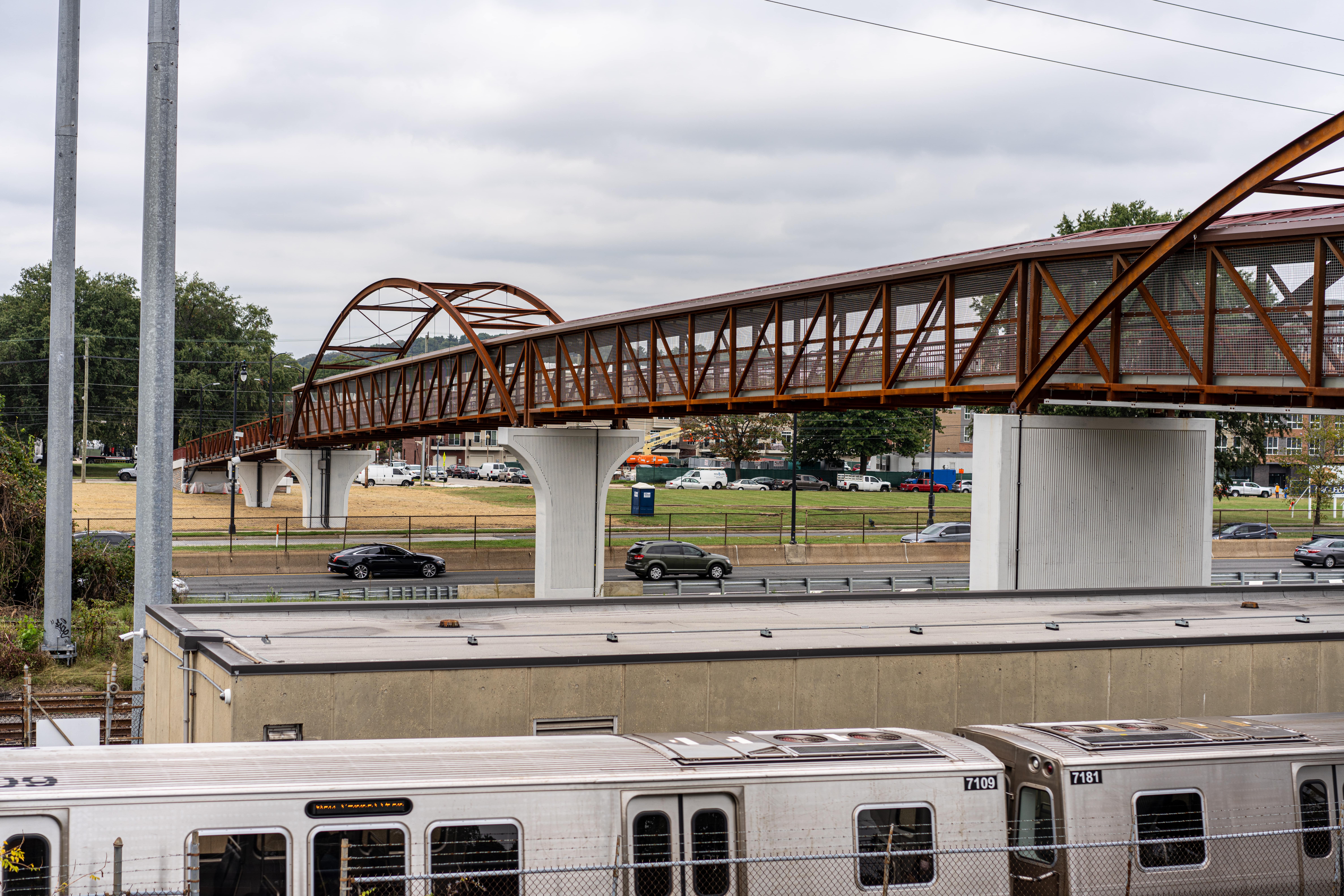I’ve trained hundreds of line workers over the course of my career, first as a utility crew member myself, in my job at Creative Composites Group (CCG) and through my work with organizations like the ACMA. As head of the ACMA Utility and Communications Structures Council, I recently had the privilege of training journeyman line workers on the handling and installation of Fiber Reinforced Polymer (FRP) utility poles.
I love working with linemen. They’re some of the smartest, toughest, hardest-working folks I encounter. And like me, they can also be a little set in their ways. That’s why I enjoy leading line worker training. I’ve “been there done that,” so I understand how important it is for all stakeholders, linemen included, to have their concerns heard and addressed.
The short answer to the question in our title is that linemen don’t really hate composite poles. At most, it’s usually a healthy skepticism. Linemen can ease their minds through thorough training that frankly addresses their most common concerns. Here’s some of what we hear most often.
“We’ll need new equipment to install fiberglass poles.” This is partially true. Most of the equipment crews already have—such as bucket trucks, line tools, a digger derrick, etc.—will also be used for composite poles. CCG FRP pole diameters are compatible with standard augers. Burial depth and backfill installation are the same as wood. Some of the differences are beneficial: The poles are significantly lighter than wood, so moving them takes less effort. In one field training, when the crew asked how to move the pole, I asked four of them to walk over to the pole and lift, which they did with ease.
Composite FRP poles do have a different center of gravity, as they are not tapered like wood. They have to be lifted using a nylon choker, rather than steel chokers. The biggest difference is gaffing: FRP poles can’t be gaffed and instead use steps temporarily installed in pre-drilled or site-drilled holes, though a majority of installed poles are accessible by buckets—no climbing needed. The drilling is the biggest, most frequent concern we hear.

“FRP poles give off hazardous dust.” There’s a persistent perception that fiberglass poles are more hazardous to health than wood poles, because they have to be drilled and that the dust produced could be dangerous. Let’s break this down.
CCG poles do NOT use glass wool reinforcement fibers, which are the ultra-fine, carcinogenic particles most (reasonably) fear. OSHA CAS 65997-17-3 considers the type of dust produced by a CCG pole to be a “nuisance dust,” meaning that the dust is particulate that typically doesn’t create significant harm over the normal period of exposure and that normal glasses, long sleeve shirts and gloves are enough PPE. The risks are lowered when drilling outdoors.
If dust remains a concern, however, CCG poles can be ordered pre-drilled. The buyer specifies the needed holes, and the poles are delivered to the site with these holes already drilled, eliminating or minimizing on-site drilling
“Fiberglass poles are going to reduce our hours.” More and more utility providers are coming through serious wind, rain or snow events with their FRP poles still standing where their wood poles are downed or broken. This has led many companies to begin hardening their grid by integrating composite poles, which can have double the service life of wood. If more super-resilient composite poles go up, the reasoning goes, the fewer jobs or hours there will be for repairing or replacing downed poles. Thankfully, the numbers don’t bear this out.
There are currently almost 150 million wood poles in service in the United States alone. Compare this to an estimated 250,000 composite poles. That means there are 600 times as many wood poles as fiberglass poles in service today. Even if utilities decided tomorrow to replace all 150 million wood poles with fiberglass—which isn’t going to happen—doing this would take dozens of years to install. In the meantime, maintenance and repair would still be needed for existing poles and for existing FRP poles. Jobs aren’t going anywhere.
A Fiberglass Future
Composites are an important part of the U.S.’s infrastructural future. Demand is outpacing wood availability, storms are getting fiercer and developments like AI are drawing even more on our grid. Creative Composites Group FRP poles help harden grids, as do the hardworking people who get the poles up and running in the field. Clearing the clutter of concerns about composites paves the way for greater adoption of this important material and the many benefits it has for utilities, customers and linemen.
